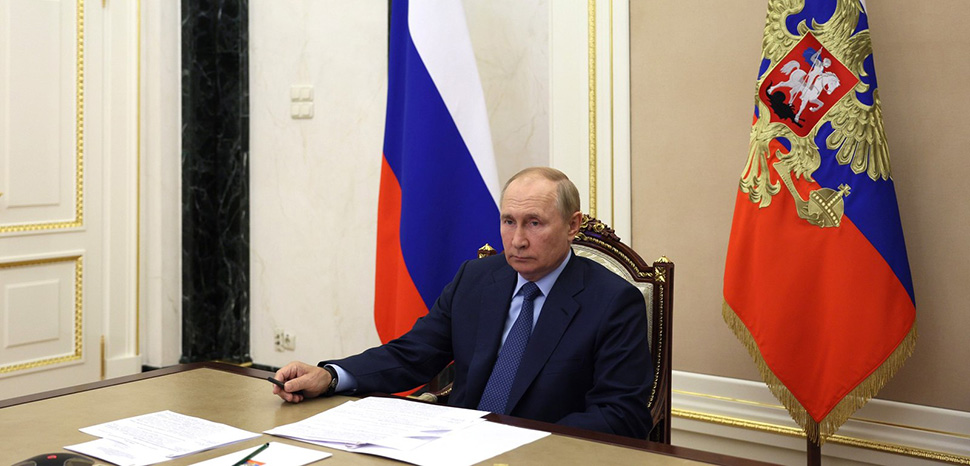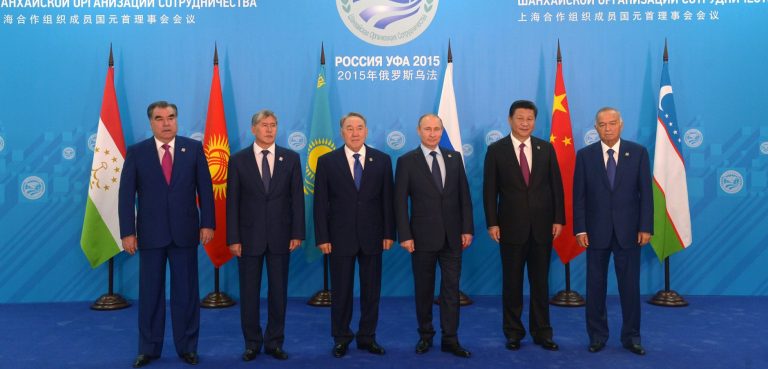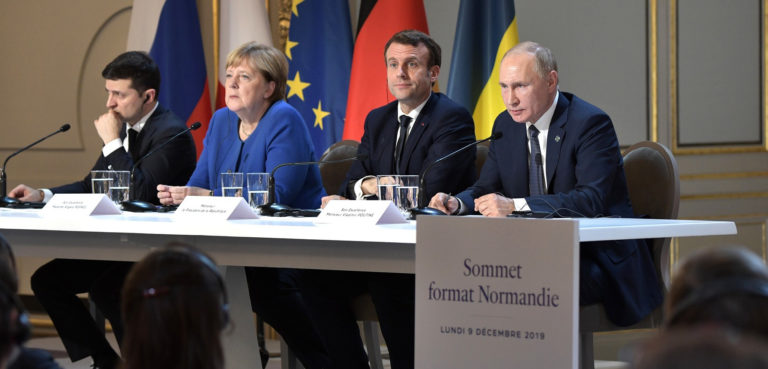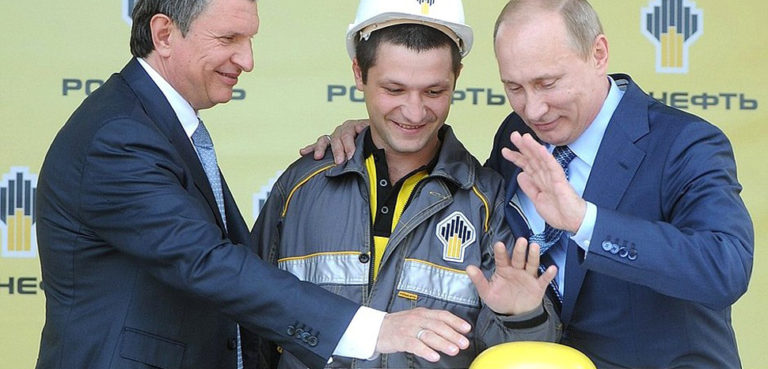President Vladimir Putin has given his commentators good reason to mine history in order to understand his rationale. Free choice should negate any inherent reason for history to repeat itself. On the other hand, everything acts predictably according to its circumstance and the pressures to which it is subject. Putin is not the first modern ruler to be trapped by the failure of a naive plan, which was based on the premise of a rapid victory. Alternative courses of action were not included in the Kremlin’s plan for its special military operation in Ukraine. As the failed plan is being pushed fruitlessly further, Putin is finding forces being applied that would have been familiar to past wartime leaders, whom he is known to have studied. Proper analysis of these forces suggests an unpalatable outcome, regardless of Putin’s choice.
A little over 100 years ago, the belligerents of the First World war were counting the cost of pursuing the military option in a bogged-down war. For Russia, the price included collapse, and eventual death, of the ruling clique. German planners watched as Grigory Lvov, prime minister of the Russian Provisional Government, began the disengagement of the Russian forces from Germany’s eastern front. For Erich Ludendorff, co-chief but master of the German forces, this was an opportunity to move sufficient human and material resources to the western front to determine the outcome. He knew that failure of an offensive of this scale would result in the collapse of the German government in a manner similar to the collapse that had occurred in Russia. Putin has given many indications that he is considering an all-out offensive upon Ukraine in the spring of 2023, just as Ludendorff planned for the spring of 1918.
Stalin faced Putin’s dilemma 82 years ago. As Putin commented in 2013, Stalin had launched an invasion of Finland in 1939 “to correct mistakes” that had been made with respect to the border, when Finland became independent in 1917. While he had a point that 20 km was an insufficient land buffer for St. Petersburg, Finland was hardly a threat to mighty Russia. Putin used the imperial name for Leningrad, probably because he blames Lenin for the incorrect borders, which he wishes to correct. Stalin assumed, as Putin did with Ukraine, that Finland would fold quickly. Using a combination of orthodox and irregular warfare, the tiny Finnish Army, supplemented by an all-of-country militia, fought 4 Russian armies to a standstill. Faced with gathering external support for Finland and a European war that could engulf Russia, Stalin negotiated a peace treaty in Moscow in March 1940. Finland ceded important territory in its southeast corner, which gave the illusion of protection to Leningrad, and a sliver of land in the north east, as a salve to Stalin’s ego. Putin has been putting out feelers for peace negotiations, which currently are being rebuffed as insincere.
In the late 16th century, Thomas Hobson ran a large livery stable near Cambridge. Clients thought they would find a suitable horse among the large selection. Following payment, they were shown the stable and offered the choice of the horse in the nearest stall or none at all. Russia is currently offering Ukraine Hobson’s choice but if the West arms Ukraine to resist the spring offensive, it will be Russia that will have to accept it.
Ludendorff, tellingly, called his spring offensive the Kaisershlacht. While he appeared to be honouring Wilhelm II, he was probably preparing to shed responsibility in case of failure. Ludendorff’s goal was reasonable: get to Paris quickly and force a favourable peace. Ludendorff’s decision was precipitated by the anticipated arrival of American forces and the likely withdrawal of Austria-Hungary, which would decisively tilt the balance in favour of the Allies. After his initial progress to within 20 km of Paris, the offensive collapsed because of heroic resistance and supply-line failure. Even though every analysis by either side at that time revealed an ultimate German collapse, the killing did not stop. While Germany lost every battle of the subsequent 100-day campaign, it was internal forces that destabilised the governments of Germany and Austria-Hungary and brought about the armistice. Putin appears to be preparing for a similar plan by recruiting Belarus, in the hopes of a better outcome than either Ludendorff or his own previous attempt to take Kyiv. Ukraine has experience in destroying Russian supply-lines and will have the means to reach deep into Russian territory, so the plan seems to be doomed, but it will be high in the cost of lives lost. It may be that the West is luring Putin into a trap because the price of failure will be his government and possibly their lives.
On the other hand, a government that prepares two courses of action, one for war and one for peace, is not necessarily insincere. Putin’s feelers for peace will include simplistic Stalinesque demands for territory, but a truce will lead to negotiations. An unpopular but workable treaty might include: demilitarisation of the occupied territories with a Russian withdrawal to the 2014 border and a halt to Ukrainian advances; jointly funded reconstruction of the Donbas and Luhansk; a common travel area type agreement between the disputed region and both Ukraine and Russia; and an internationally supervised border commission to hold regional plebiscites after a reasonable period of peace.
In his 1979 novel, William Styron describes the appalling lifelong effects of war upon its survivors. War unleashes the cruellest of man’s instincts. A doctor offered Sophie the choice of which of her two children would survive and which would die. The doctor is cruel, depraved and unworthy of further consideration. The novel shows how Sophie’s choice destroys the person making the impossible choice. President Putin has already caused great harm. Analysis of the forces at play currently suggest a future where Ukraine, whatever its eastern border, will be reconstructed as an ultramodern progressive European state while Russia will enter an age of deprivation and anarchy. Now is the time for Putin’s choice.
The views expressed in this article belong to the authors alone and do not necessarily reflect those of Geopoliticalmonitor.com




